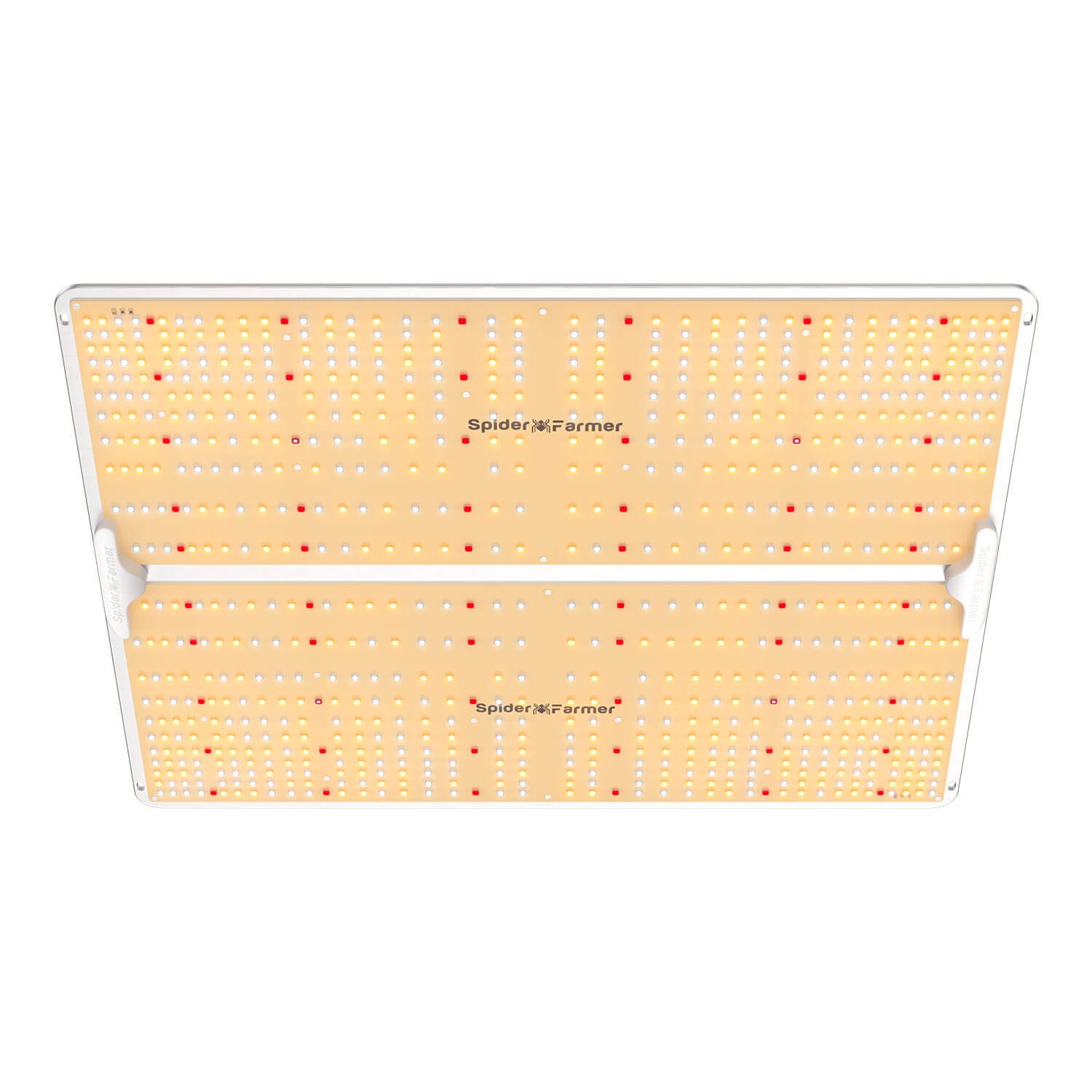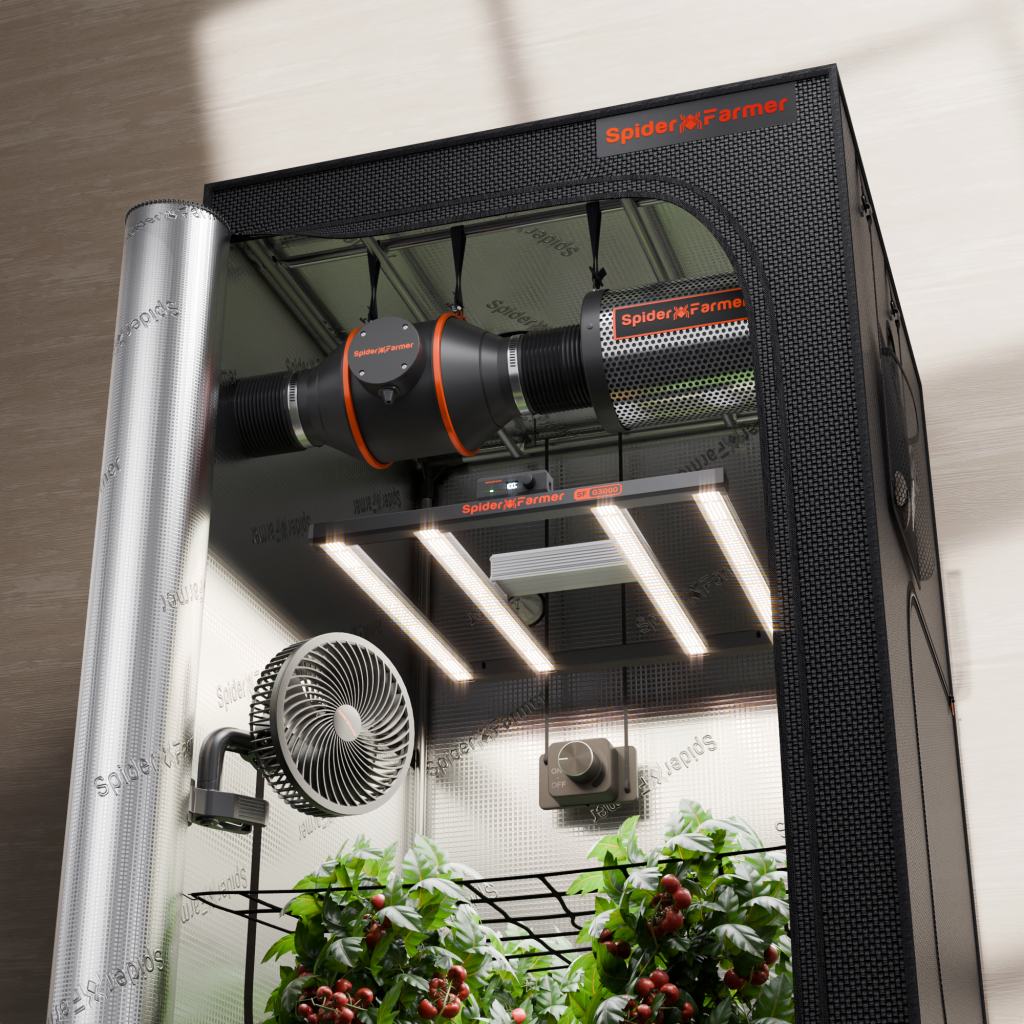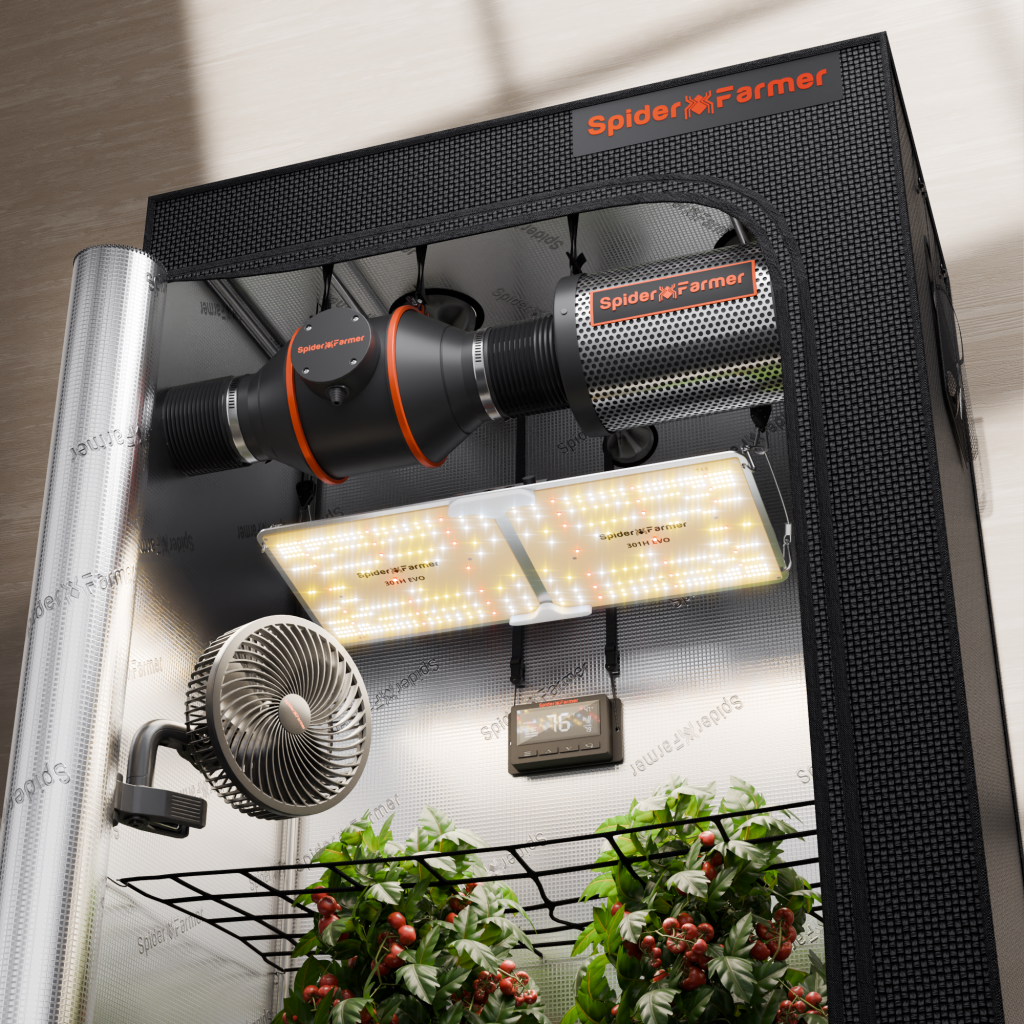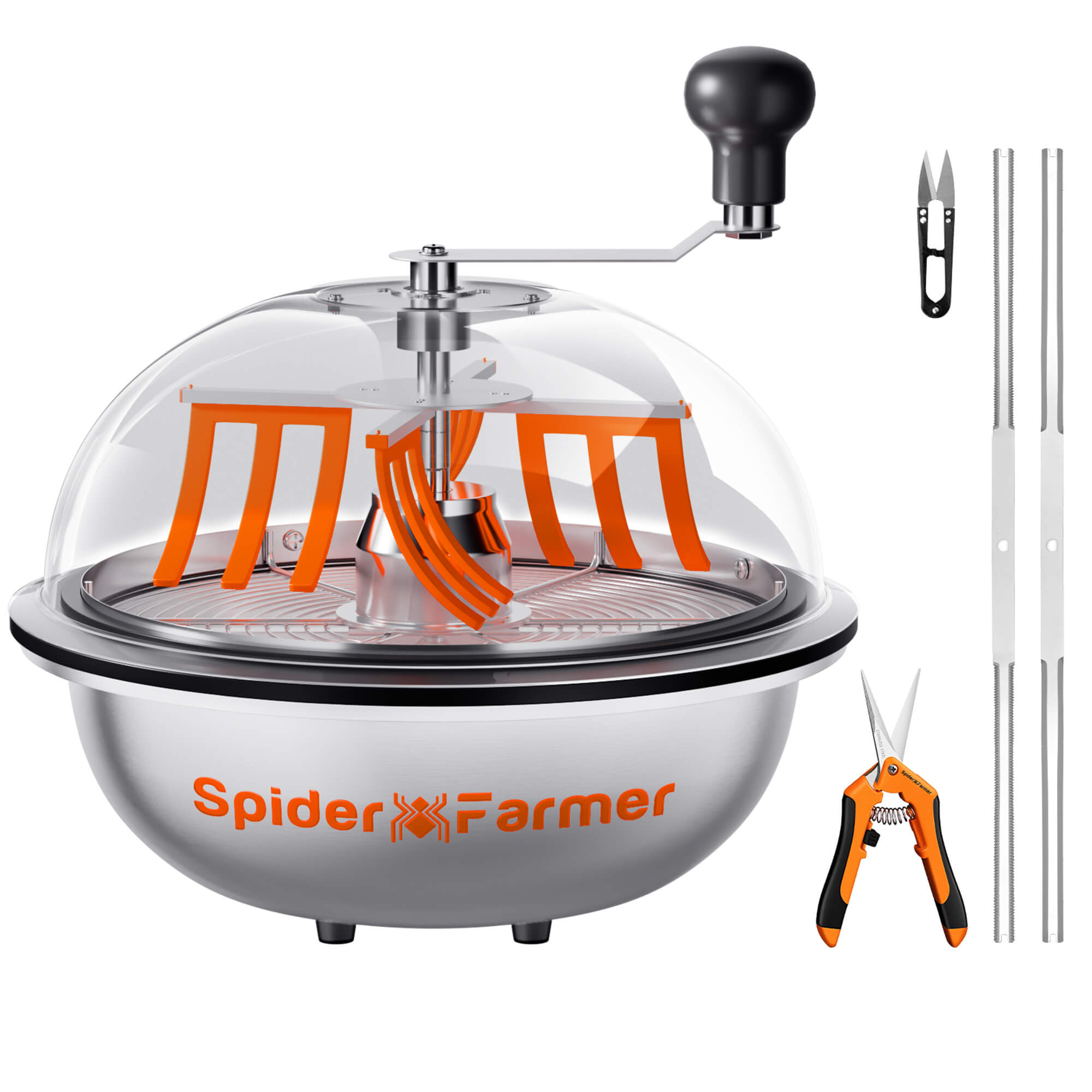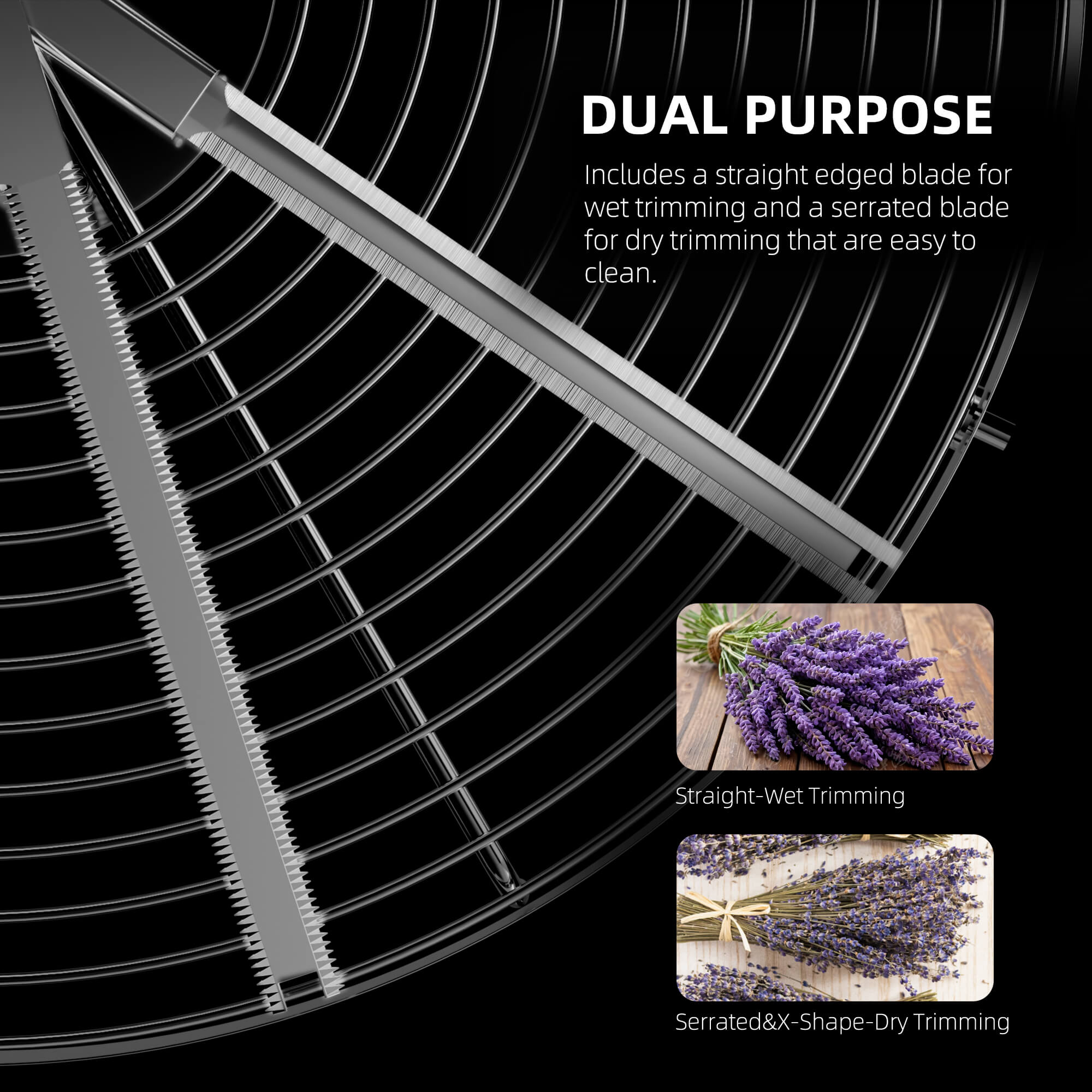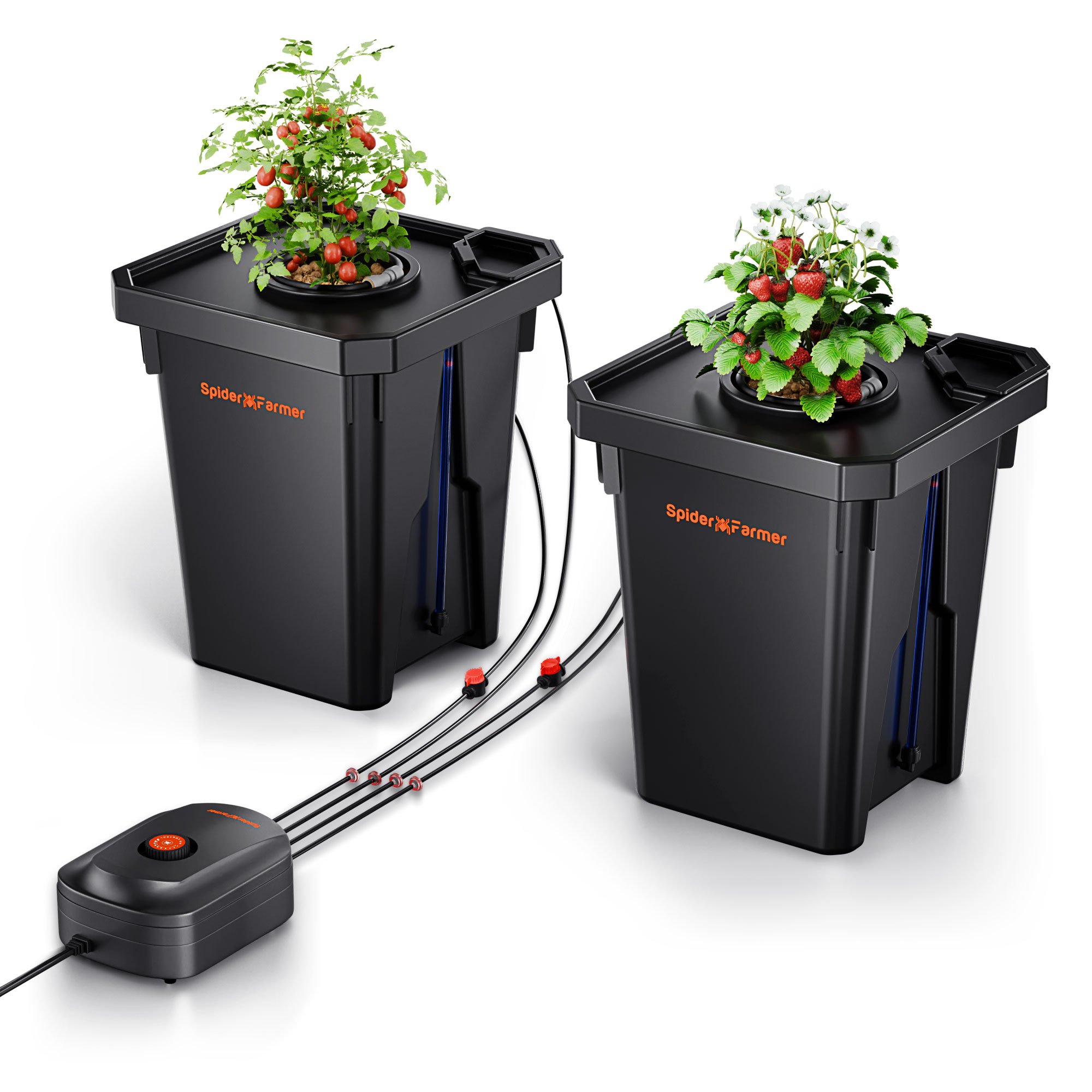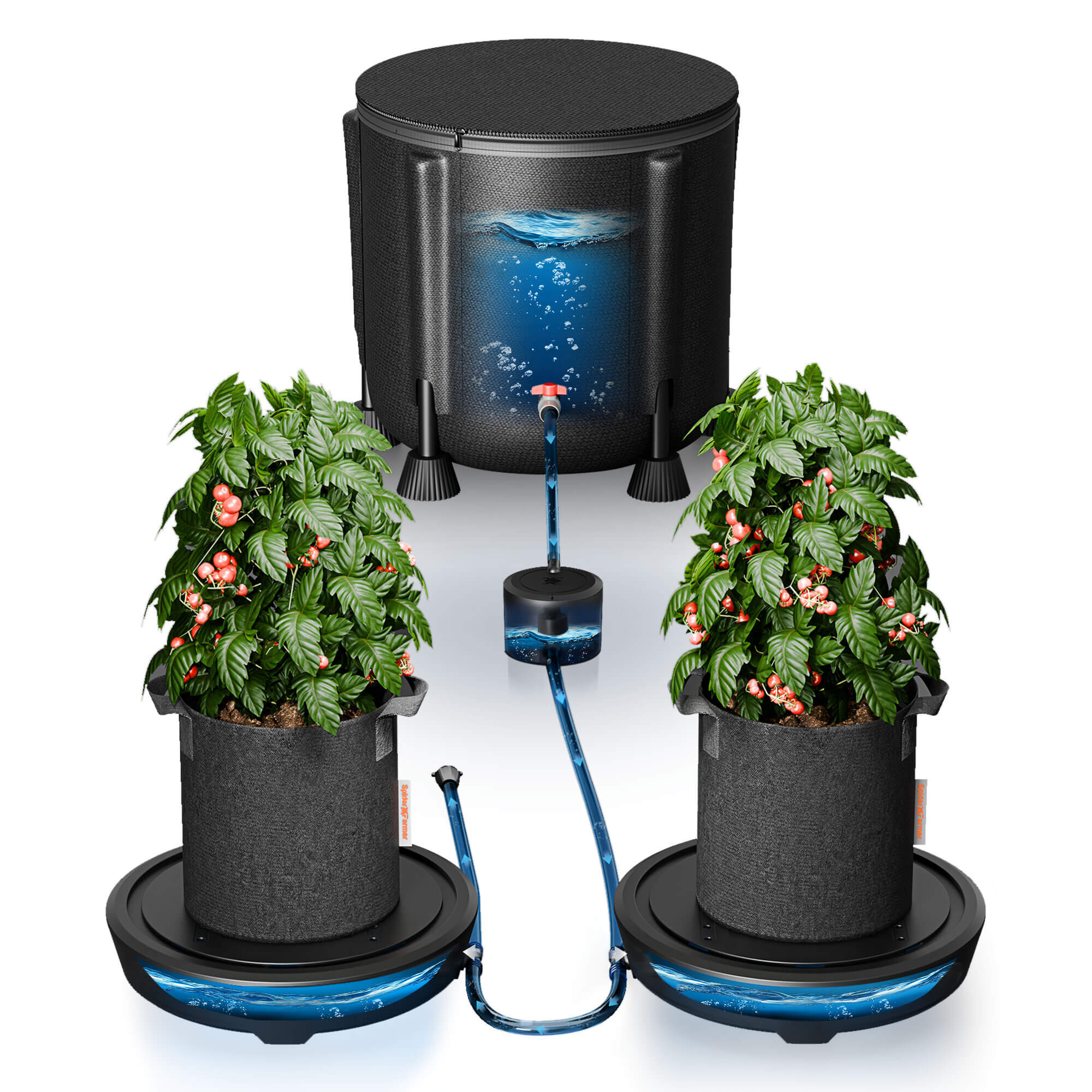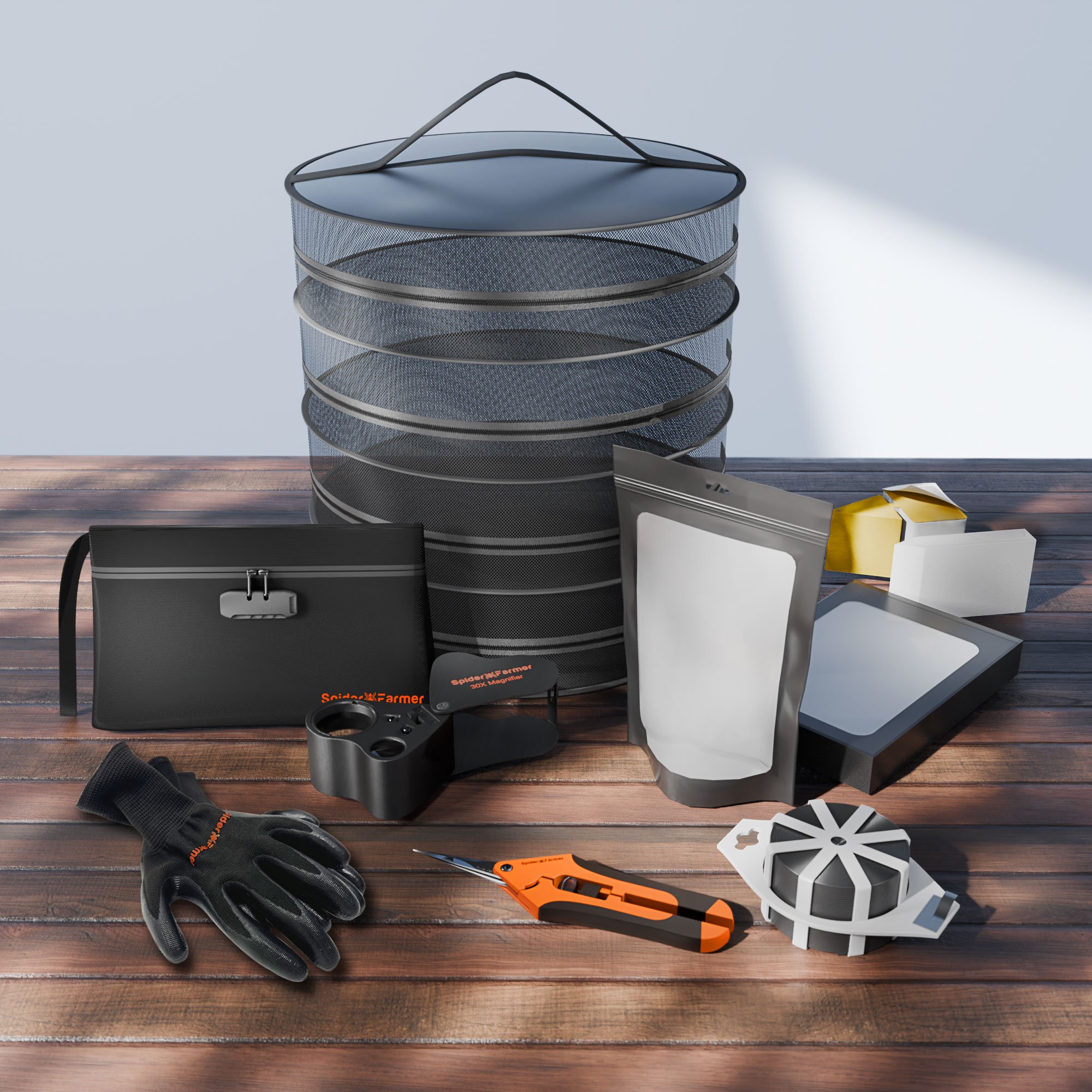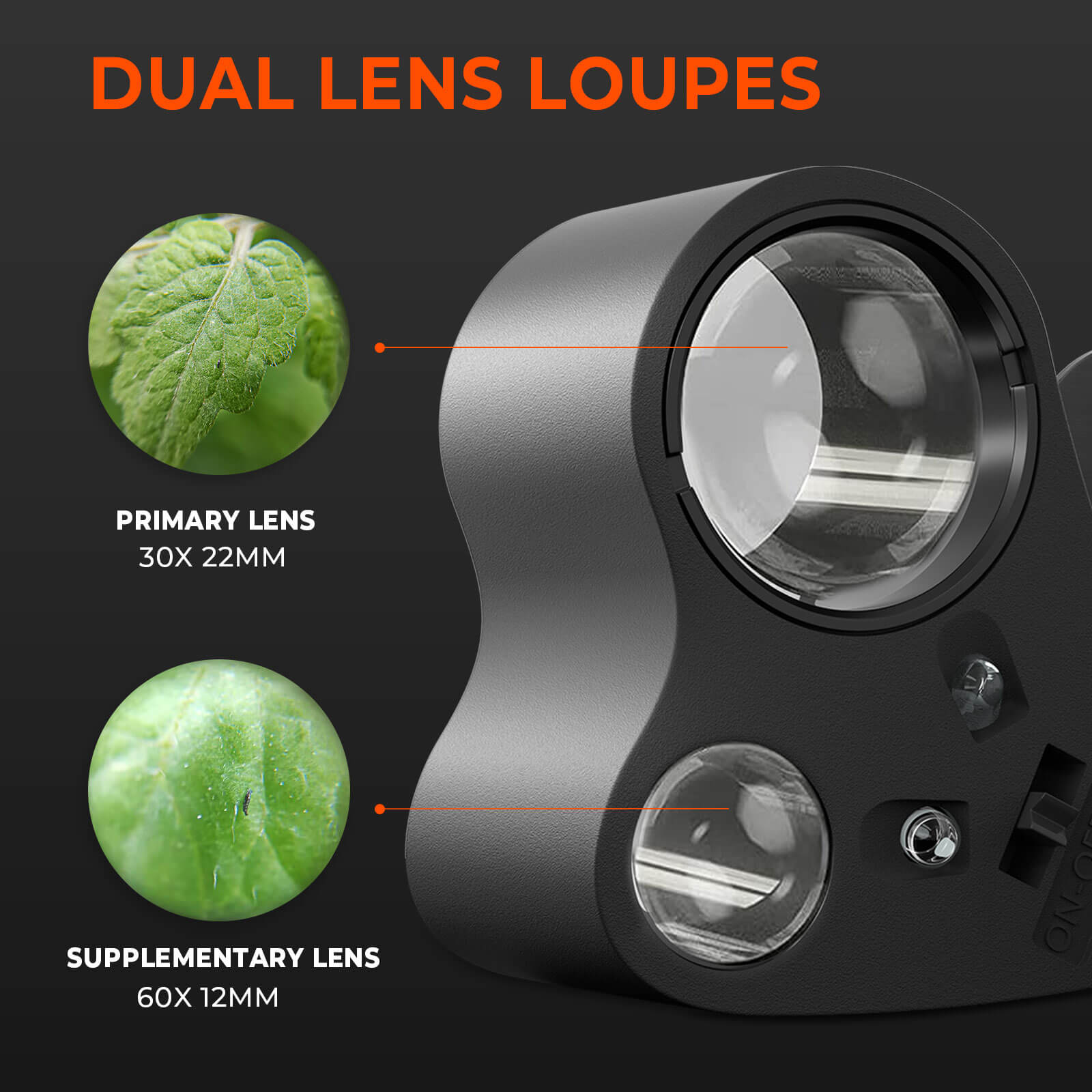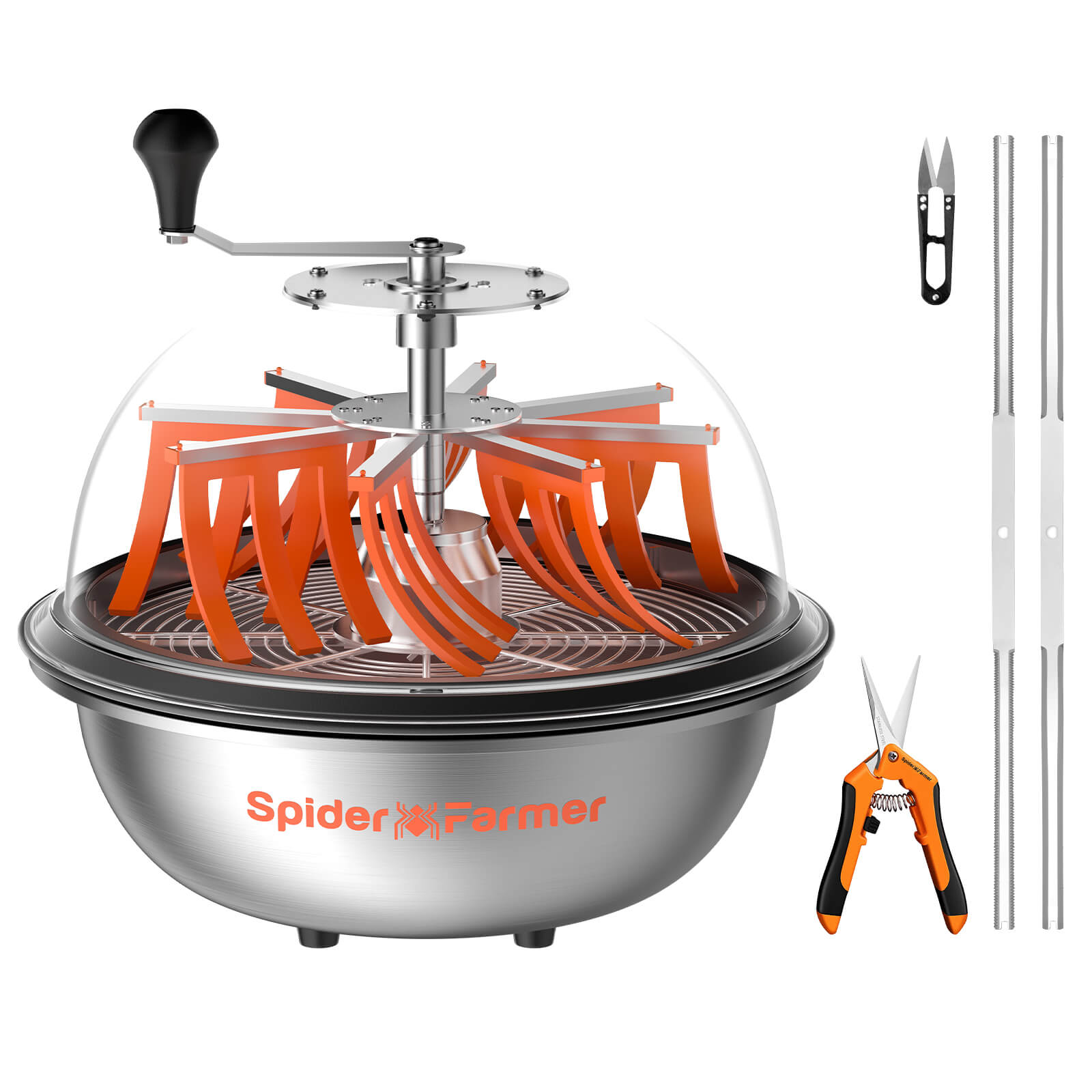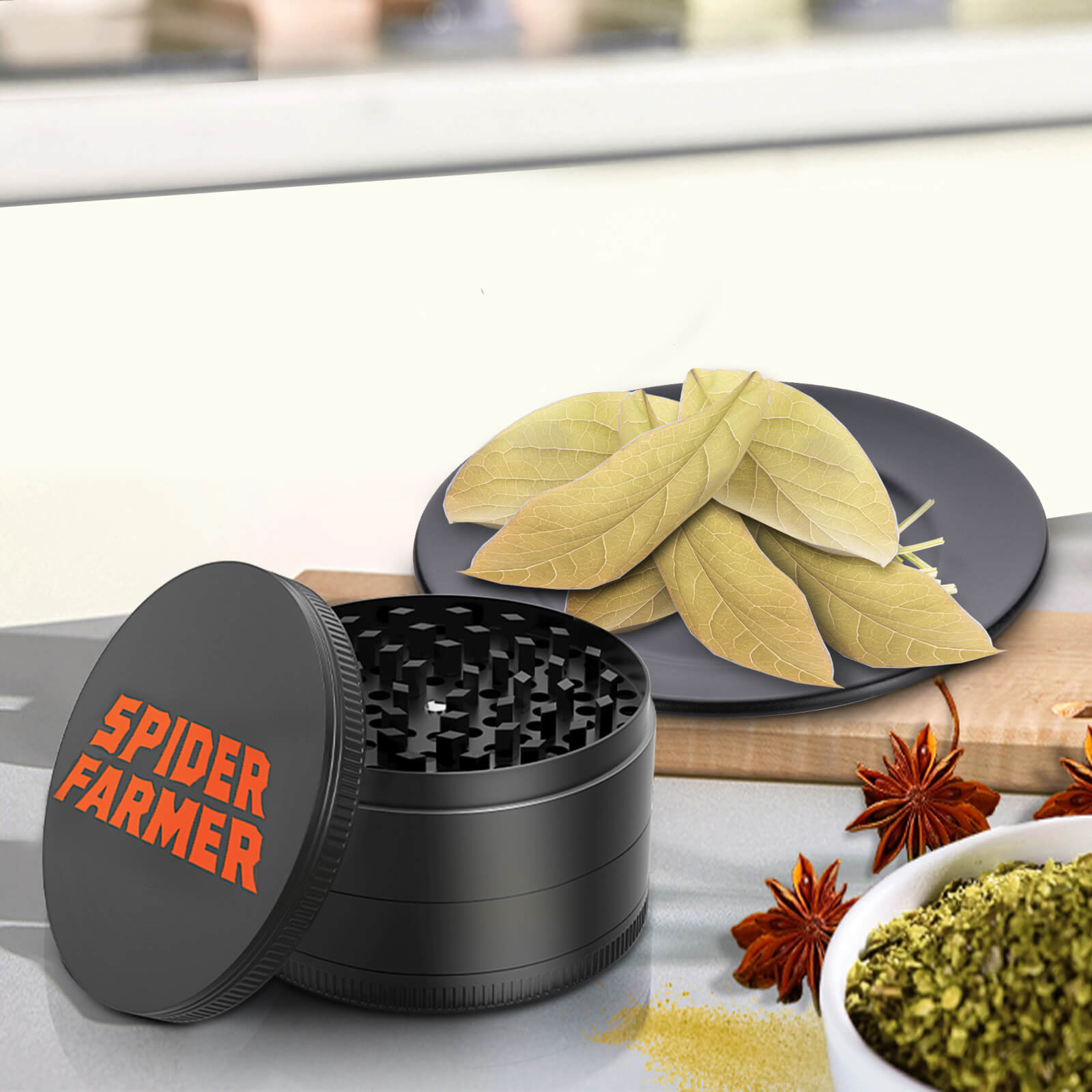If you’re looking to add tropical elegance to your home, Monstera Adansonii - commonly known as the Swiss Cheese Plant, is your perfect choice. Renowned for its unique, perforated leaves that resemble Swiss cheese, this stunning indoor plant not only enhances your decor but also brings numerous benefits, including air purification. In this post, we’ll explore everything you need to know about Monstera Adansonii types, propagation, care and maintenance to ensure your Swiss Cheese Plant thrives.
Table of Contents
What Is Monstera Adansonii?
Monstera Adansonii is commonly known as the Swiss Cheese Plant. Because of its extraordinary, heart-shaped leaves that bear well-marked holes and splits, it resemblances to Swiss cheese. Native to the tropical rainforests of Central and South America, this climbing plant thrives in humid environments and can grow quite large when provided with the right conditions.
Types of Swiss Cheese Plant
Monstera adansonii, commonly known as the Swiss Cheese Plant, has several notable varieties that are popular among plant enthusiasts.

Swiss Cheese Plant
Here are the main types:
- Monstera adansonii (Standard Form): This is the classic variety characterized by its medium-sized, heart-shaped leaves that develop distinctive holes or fenestrations as they mature. It is a versatile plant that can be grown as a climber or in hanging pots.
- Monstera adansonii 'Narrow Form': Often referred to as the Swiss Cheese Vine, this variety has narrower leaves with more subtle fenestrations compared to the standard form. It is ideal for those looking for a more delicate appearance.
- Monstera adansonii 'Wide Form': This variant features broader leaves with larger and more pronounced holes, giving it a lush and dramatic look. It is often favored for its striking foliage.
- Monstera adansonii 'Variegata': This rare variety showcases beautiful variegation, with white or cream patterns on the green leaves. The unique coloration makes it highly sought after by collectors.
- Monstera adansonii 'Friedrichsthalii': Sometimes considered a separate variety, this type has elongated leaves with smaller fenestrations. It is known for its unique leaf shape and growth habit.
- Monstera adansonii 'Mint': This variety has a lighter, mint-green coloration, adding a fresh twist to the traditional Swiss Cheese Plant aesthetic.
Monstera Adansonii Propagation
Monstera Adansonii propagation is an exciting and rewarding process for plant enthusiasts who are looking to expand their collection of this stunning Swiss Cheese Plant. Typically, it will take about 2 to 6 weeks to propagate Monstera Adansonii, depending on the conditions and method used. If you’re propagating through stem cuttings in water, you should start to see root development within this timeframe, with roots ideally reaching a few inches long before transferring to soil. For soil propagation, it may take a bit longer, as roots develop more gradually. Ensuring warm temperatures, high humidity, and indirect light can help expedite the process, leading to successful propagation and healthy new plants.
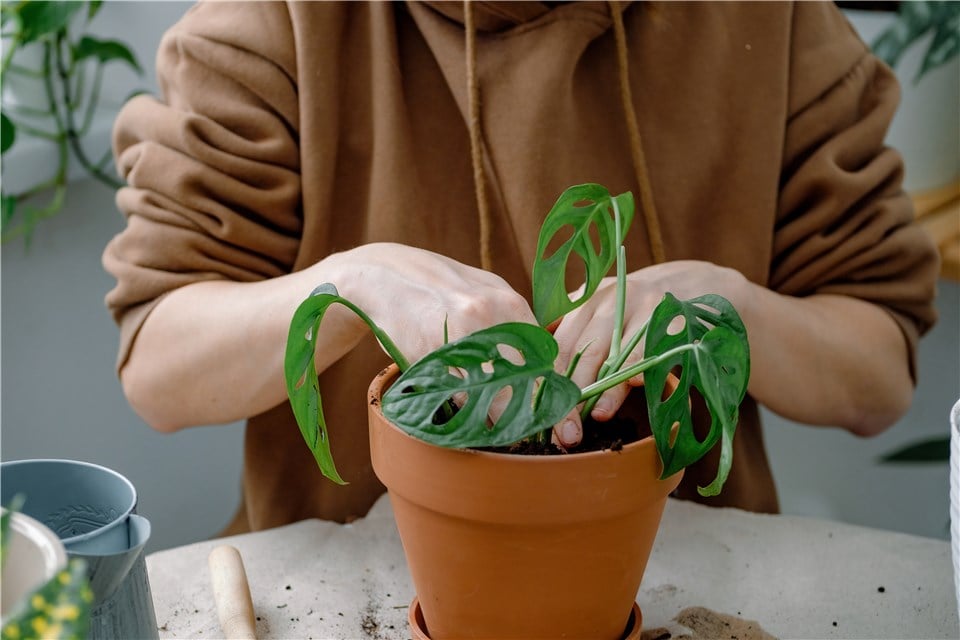
Monstera Adansonii Propagation
Here are the key steps for propagating Monstera adansonii:
- Take a cutting with 2-3 leaves, making sure to include at least one node. The node is where new roots will grow from.
- Remove any lower leaves, leaving a bare stem below the node.
- You can propagate in either water or soil:
For water propagation:
- Place the cutting in a jar of water, ensuring the node is submerged.
- Change the water every few days.
- Once roots are 1-2 inches long, transplant to soil.
For soil propagation:
- Plant the cutting directly in moist, well-draining potting mix
- Ensure the node is buried in the soil
- Keep the soil consistently moist
4. Place the cutting in bright, indirect light. Avoid direct sun. At the same time. create a humid environment by covering with a clear plastic bag, removing daily for air circulation.
5. As roots typically develop in 2-4 weeks, gently tug to check for resistance, indicating root growth. Once established, care for it like a normal Monstera adansonii plant.
Monstera Adansonii Care
The Swiss Cheese Plant is relatively easy to care for, so that it is quite polular among indoor gardeners. It prefers bright indirect light and well-draining soil, along with regular watering to keep the soil slightly moist but not soggy. Due to its vining nature, Monstera Adansonii can be supported with a moss pole or allowed to trail from a hanging pot.
Here are essential care tips:
Light
Monstera Adansonii thrives in bright indirect light. While it can tolerate low light conditions, insufficient light may reduce leaf perforation and overall plant growth. Avoid direct sunlight, as it can scorch the leaves.
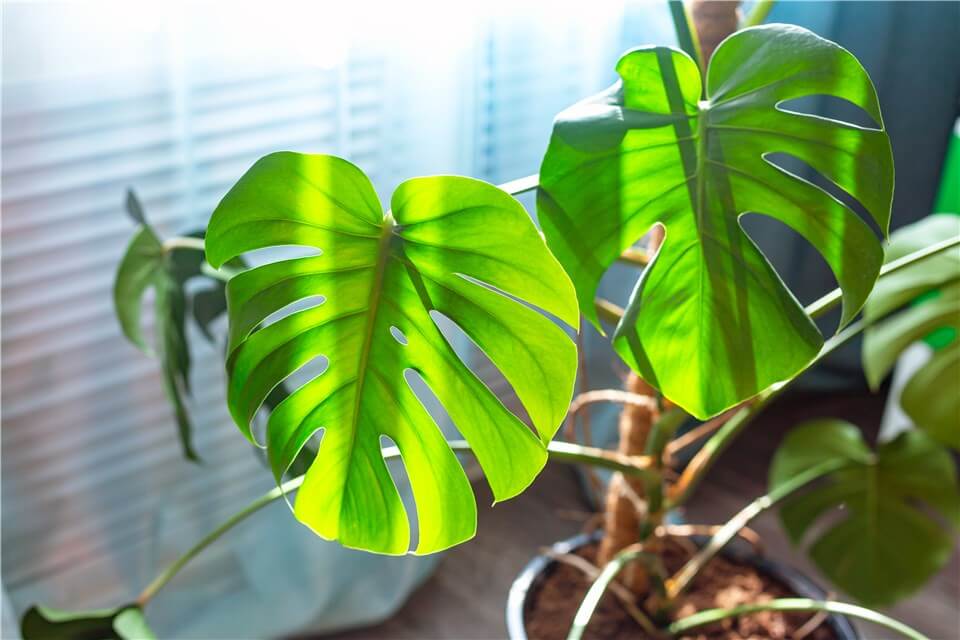
Monstera Adansonii Lighting
Water
Water your Monstera when the top inch of the soil feels dry. Ensure the pot has good drainage to prevent root rot. During the growing season (spring and summer), the plant may require more frequent watering, while in the fall and winter, reduce the frequency.

Prevent Monstera Adansonii from Root Rot
Humidity
This plant enjoys high humidity levels, ideally between 50-70%. To boost humidity, consider misting the leaves, using a humidifier, or placing a pebble tray with water beneath the pot.
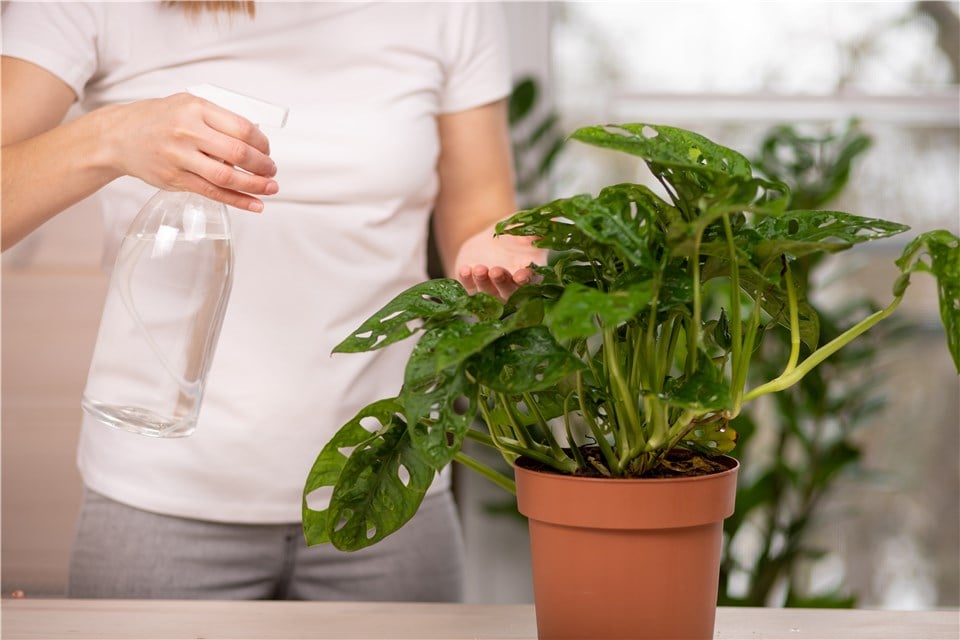
Water Monstera Adansonii
Temperature
Monstera Adansonii prefers temperatures between 65°F and 85°F (18°C to 29°C). Protect it from cold drafts and sudden temperature changes.
Soil
Use a well-draining potting mix, ideally one that retains some moisture but allows excess water to escape. A mix of potting soil, perlite, and orchid bark works well.
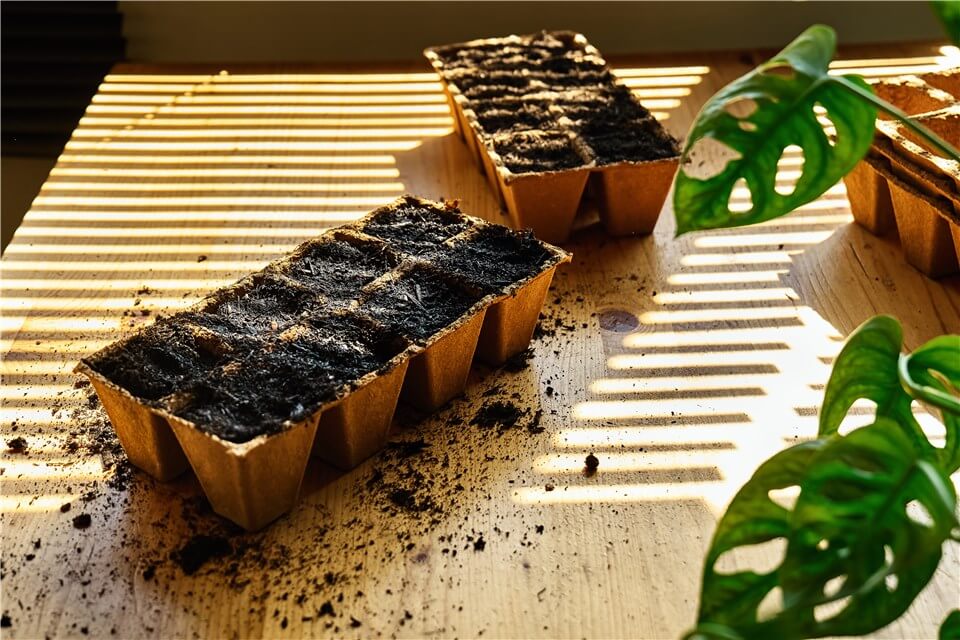
Best Soil for Monstera Adansonii
Fertilization
Feed your Monstera with a balanced, water-soluble fertilizer every 4-6 weeks during the growing season. Reduce or eliminate fertilization in the fall and winter months when growth slows.
Pruning
Regularly prune your Monstera to remove any yellow leaves or damaged leaves and to encourage bushier growth. This can also help manage its size and shape.
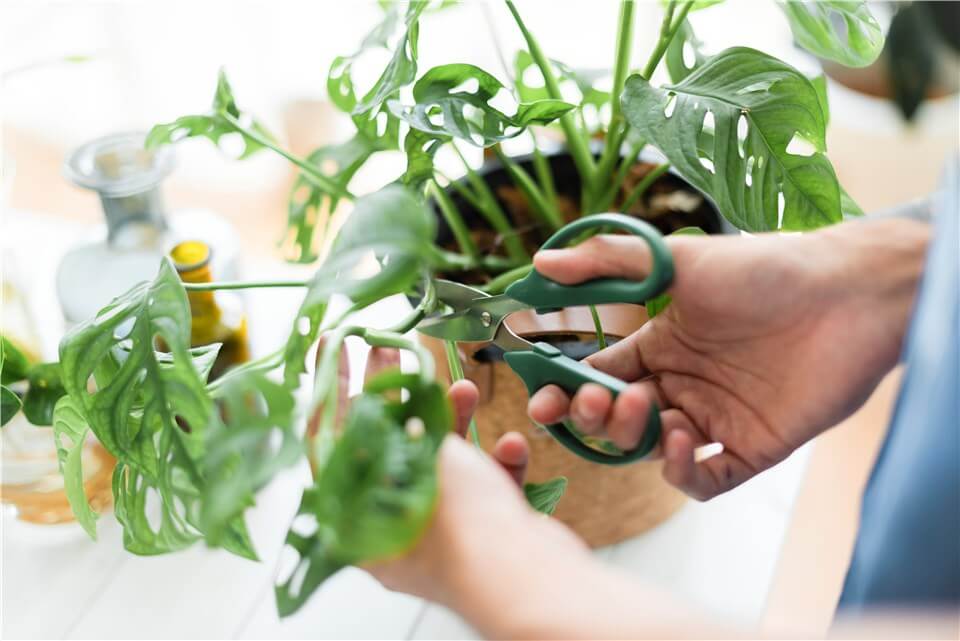
Prune Monstera Adansonii
Repotting
Repot your plant every 1-2 years or when it outgrows its pot. Choose a slightly larger pot with good drainage and refresh the soil.
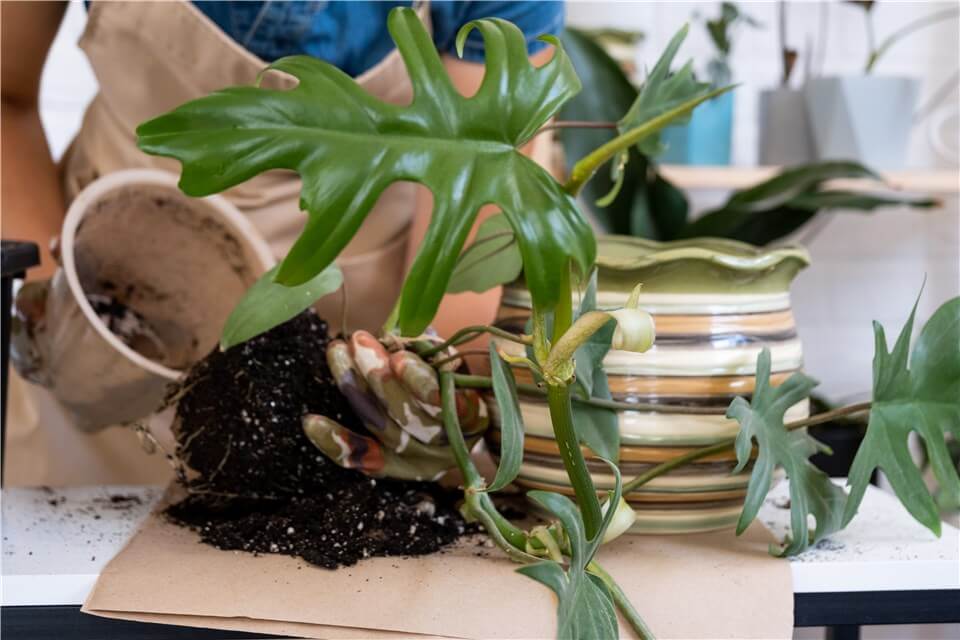
Repot Monstera Adansonii
In Conclusion
Caring for your Monstera Adansonii, or Swiss Cheese Plant, is a rewarding endeavor that can enhance your indoor space with its stunning foliage and tropical charm. By providing the right balance of light, water, humidity, and nutrients, you can ensure that your plant thrives and showcases its unique, perforated leaves. Besides, don’t forget tp regularly monitor for pests. Maintaining proper soil conditions will also further support its health and vitality.


